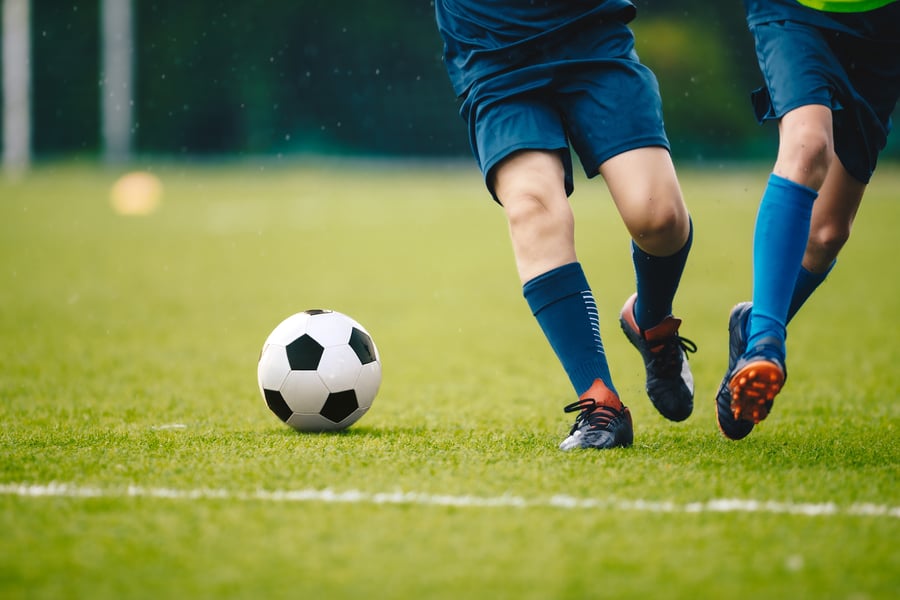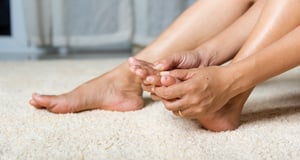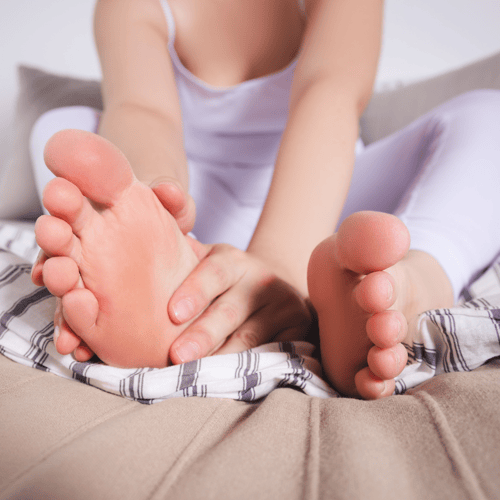National Physical Fitness and Sports Month: Move More, Live Better

Each May, National Physical Fitness and Sports Month invites Americans of all ages and abilities to get moving, discover new activities, and embrace the lifelong benefits of an active lifestyle.
Since its inception in 1983 by the President’s Council on Fitness, Sports, and Nutrition, this annual observance has grown into a nationwide movement, bringing together families, friends, and communities to prioritize health, well-being, and fun through physical activity.
“Help make America healthy again during National Physical Fitness and Sports Month,” says the U.S. Office of Disease Prevention and Health Promotion (ODPHP).“ODPHP recognizes the myriad benefits that an active lifestyle can offer to all Americans, regardless of age, ability, health status, or fitness level, and works to educate all people about these benefits.”
Why Physical Activity Matters More Than Ever
Physical activity is a cornerstone of good health. In 2025, health and fitness are top priorities for millions of Americans.
According to the latest data from the Sports & Fitness Industry Association (SFIA) , a record 247.1 million Americans – 80 percent of the population-participated in at least one physical activity in 2024, a dramatic increase of over 25.4 million more active Americans since 2019.
This surge reflects a growing recognition that movement is essential not just for physical health, but for mental and emotional well-being as well.
“For the first time since SFIA began tracking physical activity, the participation rate for active Americans has reached 80 percent – a testament to the nation’s growing commitment to health and fitness,” said Alex Kerman, Senior Director, Head of Research, SFIA.
Despite this progress, challenges remain. The Centers for Disease Control and Prevention (CDC) reports that about 25 percent of U.S. adults are still physically inactive outside of work, with regional and demographic disparities persisting.
Globally, the World Health Organization estimates that 31 percent of adults and a staggering 80 percent of adolescents do not meet recommended activity levels.
Barriers like lack of time, motivation, cost, and safe spaces continue to prevent many from moving as much as they’d like.
The Benefits of Moving More
The science is clear: regular physical activity delivers profound benefits for people of all ages.
“Physical activity is essential for healthy aging, and it can be beneficial at any stage of life,” says The National Institute on Aging.
The benefits of moving include:
For Adults:
- Reduces the risk of heart disease, stroke, type 2 diabetes, and certain cancers.
- Lowers blood pressure and cholesterol.
- Helps manage weight and reduce risk of obesity.
- Boosts mood, reduces symptoms of depression and anxiety, and improves sleep.
- Strengthens bones and muscles, reducing the risk of osteoporosis and falls.
- Enhances brain health and cognitive function.
- Supports healthy growth and development.
- Improves bone strength and muscle development.
- Enhances motor skills, coordination, and cognitive performance.
- Builds self-esteem and social connections through sports and group activities.
- Maintains independence and functional ability.
- Prevents age-related muscle loss and reduces risk of falls.
- Supports cardiovascular and metabolic health.
- Provides opportunities for social engagement and enjoyment.
Physical Activity and Foot Health
While the benefits of exercise are well known, your feet and ankles play a crucial-- often overlooked -- role in supporting an active lifestyle. Regular movement helps:
- Improve circulation, reducing the risk of peripheral arterial disease and deep vein thrombosis.
- Lower the risk of diabetes, which can have serious foot complications.
- Strengthen bones and soft tissues, helping to prevent injuries like fractures and plantar fasciitis.
- Enhance flexibility and balance, reducing the likelihood of falls.
Keep in mind that being overweight or obese is strongly linked to foot pain and poor foot function. Increased body mass can lead to flat feet, higher plantar pressures, and more frequent musculoskeletal foot disorders.
Losing weight through regular activity can relieve pressure on your feet and improve overall mobility.
How Much Activity Is Enough?
The U.S. Department of Health and Human Services recommends:
- Adults: At least 150 minutes of moderate-intensity aerobic activity (like brisk walking) or 75 minutes of vigorous activity (like running) per week, plus muscle-strengthening activities on two or more days.
- Children and Teens: At least 60 minutes of moderate-to-vigorous physical activity daily – anything that gets their heart beating fast counts – and at least three days a week vigorous-intensity aerobic activity. Kids also need as part of their daily 60 minutes, muscle-strengthening activity at least three days a week, and bone-strengthening activities at least three days a week.
Recent studies show that even more movement can deliver greater benefits. Adults who exercised two to four times the minimum recommendation (300-599 minutes of moderate activity per week) saw up to 31% percent lower risk of death from all causes and up to 38 percent lower risk of cardiovascular disease mortality.
Trends and Popular Activities in 2025
Americans are embracing a wide range of activities, with notable trends, according to SFIA, including:
- Team Sports: Participation in team sports surged in 2024, with 20 of 24 tracked sports seeing growth. Wrestling, basketball, gymnastics, volleyball, and track and field led the way, buoyed by the Olympic Games’ influence.
- Racquet Sports: Pickleball remains the fastest-growing sport, with nearly 20 million participants -- a 311 percent increase in just three years.
- Fitness Classes: Group fitness and strength training classes rebounded, with participation at its highest since 2020.
- Outdoor Activities: Hiking, trail running, and jogging continue to attract millions, with running surpassing 50 million participants for the first time since 2020.
Making Fitness Fun and Accessible
National Physical Fitness and Sports Month is about finding joy in movement and making activity a regular, enjoyable part of life. Here are some ideas to get started:
- Join a community sports league or group fitness class.
- Go for a daily walk or bike ride with family and friends.
- Try a new activity, like pickleball, yoga, or dance.
- Organize a backyard Olympics or family obstacle course.
- Participate in virtual fitness challenges or charity walks.
Protecting Your Feet and Ankles
As you increase your activity, remember that your feet and ankles are your foundation.
High-impact sports and overuse can lead to injuries like plantar fasciitis, tendonitis, sprains, and stress fractures. To stay injury-free:
- Wear supportive, activity-appropriate footwear.
- Warm up and stretch before exercise.
- Gradually increase intensity and duration.
- Listen to your body and rest when needed.
- Seek professional care at the first sign of foot or ankle pain.
Take the Next Step with Sweeney Foot & Ankle Specialists
Whether you’re just starting your fitness journey or looking to reach new goals, your feet and ankles deserve expert care. At Sweeney Foot & Ankle Specialists, our compassionate team is dedicated to helping you stay active, pain-free, and healthy.
We offer comprehensive foot and ankle care, injury prevention, and personalized advice to support your active lifestyle.
Ready to move more in May and feel your best? Contact Sweeney Foot & Ankle Specialists today to schedule an appointment. Let us help you put your best foot forward this National Physical Fitness and Sports Month and all year long.






